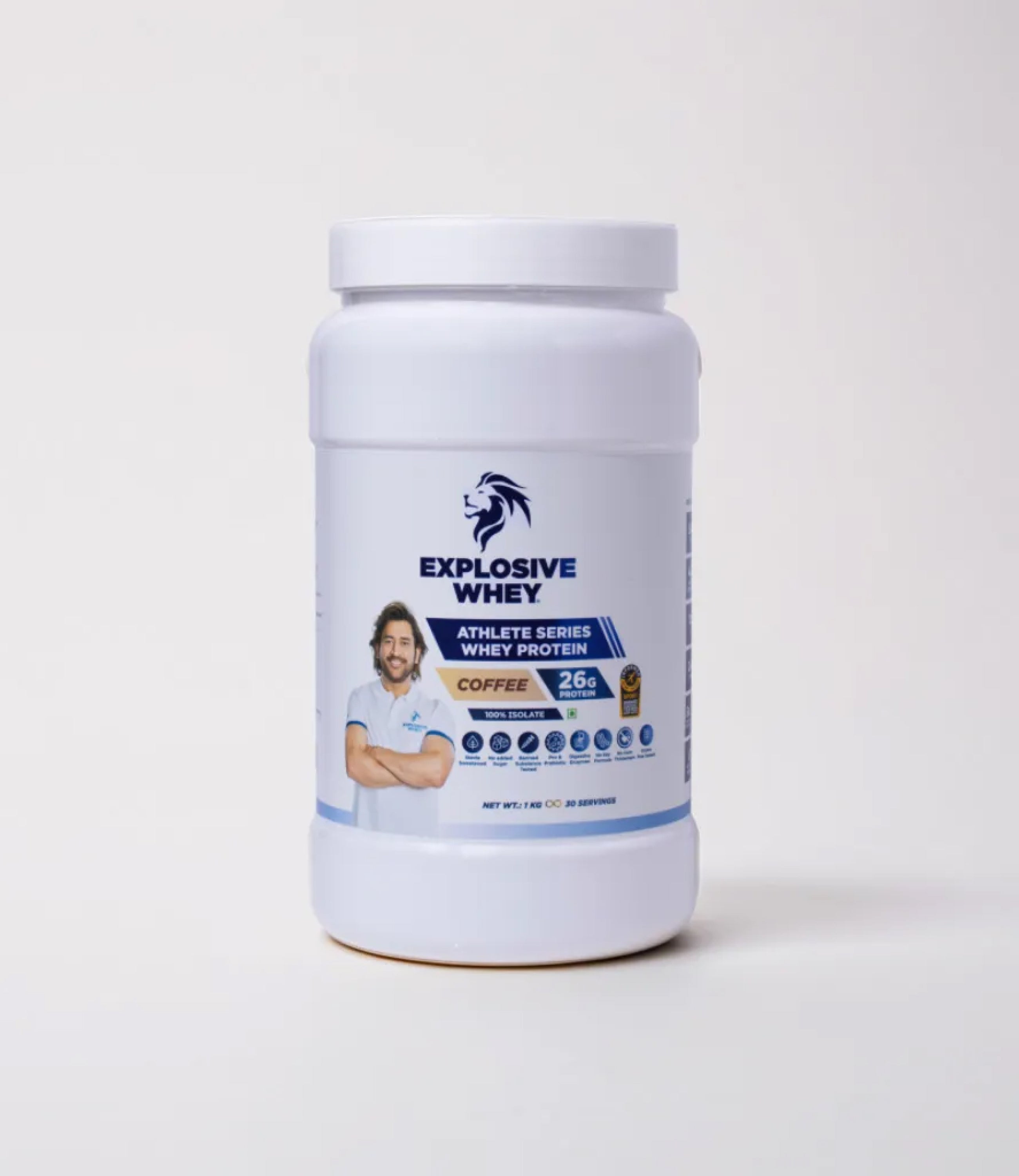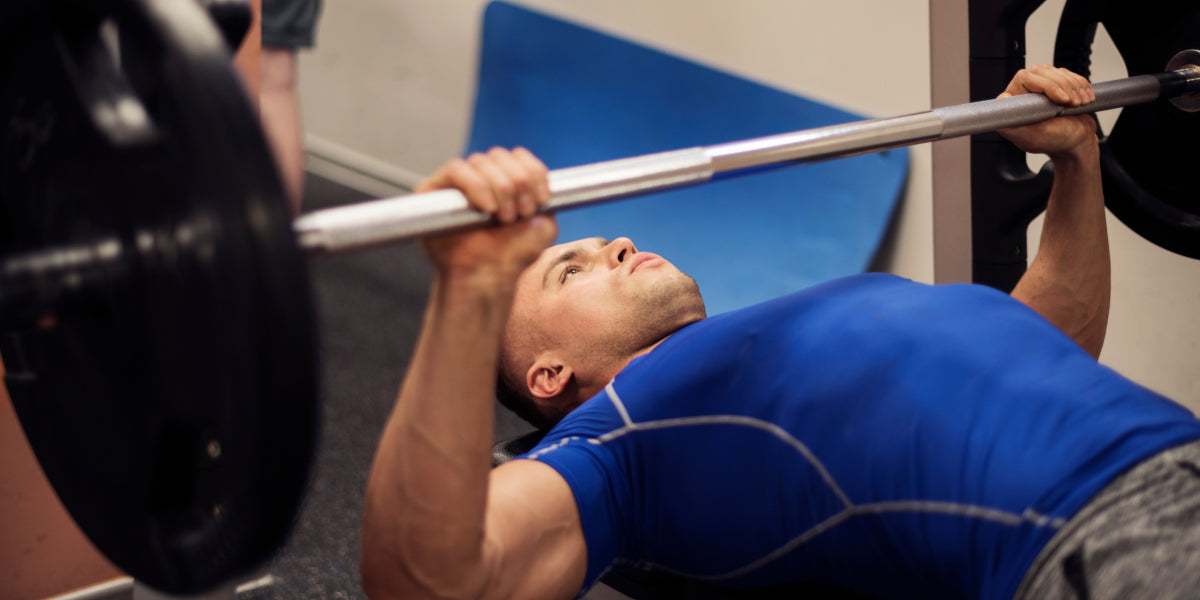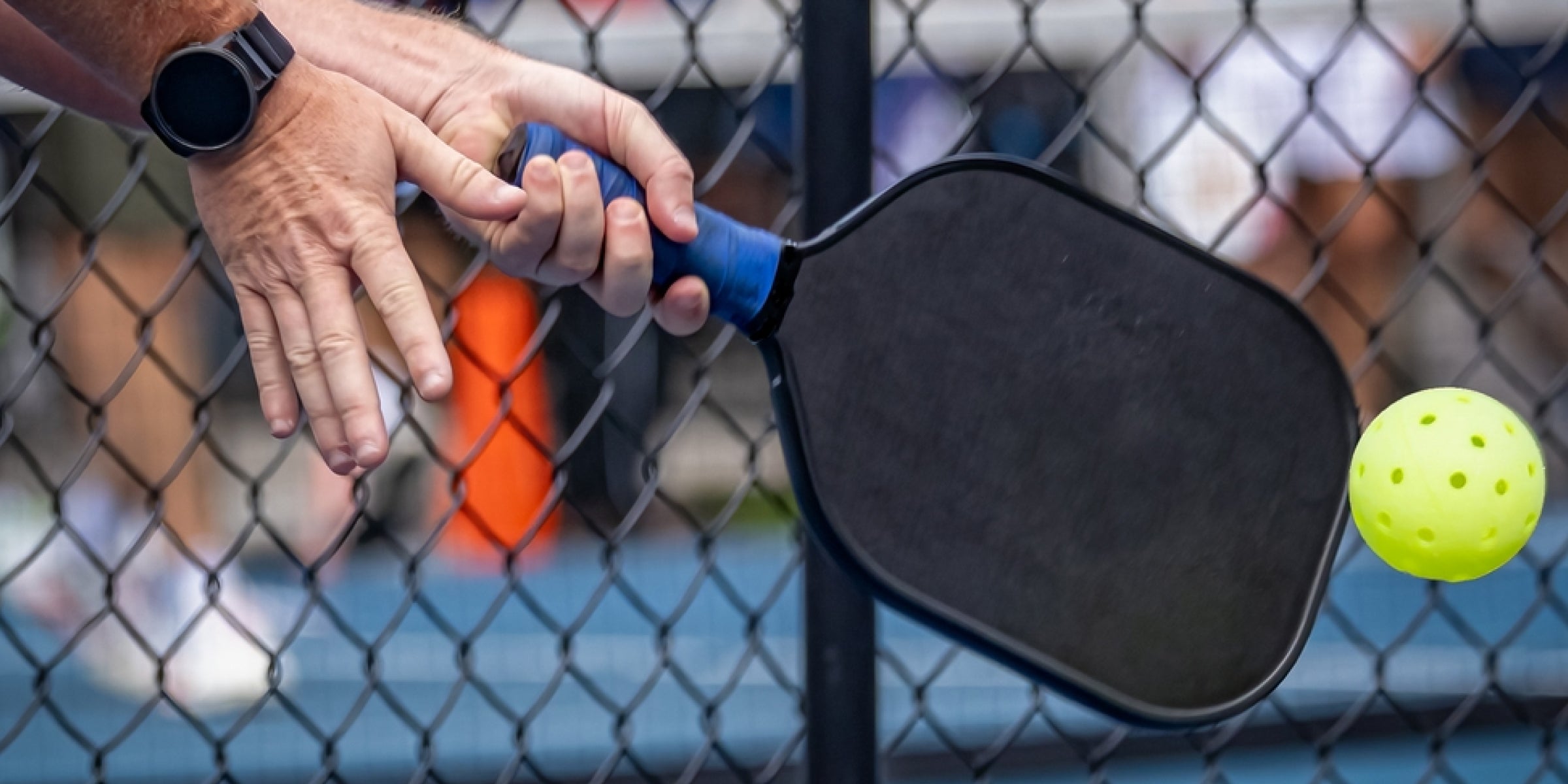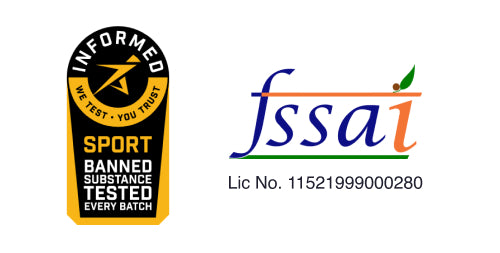If you’ve heard of padel and pickleball but aren’t quite sure how they differ or which one might be right for you, don’t worry, you’re not alone. These two fast-growing sports are often compared, and while they look similar on the surface, they have several key differences. This guide simplifies padel vs pickleball so even total beginners can understand what sets them apart and where they overlap.
Padel vs Pickleball Made Easy for Beginners
Padel vs pickleball is a hot topic in the racquet sports world, especially as both games gain popularity worldwide. While they share some similarities, including being social and easy to learn, understanding their unique rules, equipment, and playing styles can help you decide which one suits you best.
What Exactly Is Padel?

Padel is a dynamic sport that combines elements of tennis and squash, typically played in a doubles format on a dedicated padel court. It’s played on an enclosed court with walls, which are actually part of the gameplay and add a fun strategic twist to the experience. Unlike tennis, you serve underhand in a paddle, and the point continues even after the ball bounces off the walls, enhancing the excitement of the gameplay.
Growing Popularity of Padel
Padel is one of the fastest-growing sports in Europe and Latin America, especially popular in countries like Spain, where dedicated padel courts are everywhere and people of all ages play. This rise in popularity has made padel tennis a trending sport worldwide.
The Enclosed Padel Arena
Padel is played in a glass and metal-enclosed court that’s about one-third the size of a tennis court, resembling the smaller dimensions of a pickleball court. The walls are used strategically during play, similar to squash, which keeps the game exciting and fast-paced, making it a popular choice among racket sports enthusiasts.
Essential Padel Playing Gear
All you need to play padel tennis is a solid, stringless padel racket and a special padel ball, which is slightly smaller and has less pressure than a tennis ball. Players usually wear tennis shoes and athletic gear for comfort and support, making it suitable for both casual play and competitive padel sport.
Key Padel Rules to Know
In padel tennis, the ball must bounce once before hitting the wall, and the serve must be underhand and diagonal. Scoring in padel mirrors tennis, progressing through 15, 30, 40, and culminating in a game point. The unique challenge of shot placement adds to the excitement of paddle sports.
What is a Pickleball Game?

Pickleball combines aspects of tennis, badminton, and ping-pong, utilizing a paddle and a perforated ball for play. The game is played on a walled court where the walls are integral to play, introducing a strategic and enjoyable element to the match. The sport has gained immense popularity in the United States and Canada, particularly in pickleball tournaments, welcoming beginners with its distinct playing styles.
Pickleball as a Rising Global Sport
Pickleball is booming, especially in North America, with new pickleball tournaments and courts opening everywhere. Communities love it because it’s fun, social, and not too hard on the body, appealing to both retirees and school kids.
The Open Pickleball Court Layout
Pickleball courts are open, flat, and the size of a badminton court. There’s a special area near the net called the non-volley zone, or “kitchen,” where you can’t smash the ball. This unique layout keeps rallies balanced and interesting.
Must-Have Pickleball Equipment
To get started with pickleball tournaments, you’ll need a solid pickleball paddle, which is larger than a ping-pong paddle, and a perforated pickleball that features holes. This lightweight equipment is simple to use, making it ideal for new players eager to enjoy the game.
Fundamental Pickleball Rules
In pickleball tournaments, the gameplay requires the ball to bounce once on each side before volleys are allowed, with serves executed underhand and diagonally. Standard pickleball games are played to 11 points, requiring a two-point lead to win, making the rules straightforward to grasp.
Padel vs Pickleball: The Key Differences
While both padel tennis and pickleball tournaments are fun and social, they differ in terms of court size, gear, and game mechanics. Understanding these distinctions aids players in choosing between padel vs pickleball.
Court Dimensions and Walls
Padel is played on an enclosed court made of glass and metal, approximately one-third the size of a tennis court, similar in size to a pickleball court. This difference allows for unique gameplay, as balls bounce off walls in padel, while pickleball remains straightforward.
Paddles, Balls: A Material Overview
Padel paddles are stringless and solid with a foam core, used with a low-pressure padel ball, while pickleball paddles are also solid but flatter, paired with a plastic pickleball ball full of holes. These differences significantly affect ball control and speed in both padel tennis and pickleball tournaments.
Difference in Serving Rules
In padel tennis, players serve underhand and must let the padel ball bounce once before hitting it diagonally. Similarly, in pickleball tournaments, the serve is underhand but must clear the non-volley zone, and the double-bounce rule influences the gameplay and flow of each match.
How Scoring Works in Each
Padel tennis uses tennis-style scoring: 15, 30, 40, game, while pickleball tournaments employ a simpler scoring system, typically playing to 11 points, allowing only the serving team to score, making pickleball gameplay easier for newcomers to track.
Spotting the Similarities
Padel and pickleball are both perfect for social players and beginners, with a low learning curve and high enjoyment factor, making them appealing to people of all ages, especially in top pickleball tournaments.
Built for Social Fun
Both sports, whether you're engaging in pickleball tournaments or enjoying a game of padel tennis, are usually played in doubles and promote teamwork and communication. The games are full of laughter and friendly competition, making them great for bonding with friends or meeting new people.
Easy Entry for Newcomers
The rules are easy to learn, and the equipment, such as special pickleball paddles or padel rackets, is simple, allowing anyone to jump into pickleball tournaments or padel sport quickly. Neither sport requires a ton of strength or skill to start.
Doubles Play is Common
Both sports shine in doubles play, with two players per team working together. Engaging in pickleball tournaments or padel tennis doubles games is less tiring and more strategic, especially for beginners, enhancing the fun.
Low-Impact Exercise Benefits
Padel and pickleball, especially in top pickleball tournaments, are easier on the joints than sports like tennis. They offer a great cardio workout without too much strain, making them ideal for older adults or those new to fitness.
Fitness and Nutrition Considerations

No matter which sport you choose, such as pickleball tournaments or padel tennis, staying fit and eating well will boost your performance on the court. Light strength training and the right nutrients help you move better and recover faster.
Stay Agile and Quick on Your Feet
Agility helps you react faster and get to the pickleball ball with ease. Practicing footwork drills can make a big difference in both padel tennis and pickleball tournaments. The quicker your feet, the more effective your game.
Strengthening Core Muscles for Better Play
A strong core improves balance, swing control, and stability, which is essential for success in both paddle sports and pickleball tournaments. Core exercises like planks and twists benefit players, enhancing power and aiding in injury prevention.
Hydration and Nutrition for Endurance
Staying hydrated helps prevent cramps and keeps your energy up, especially during intense pickleball tournaments. Eating balanced meals with enough protein and carbs supports long play sessions, so don’t forget to snack smart before and after games.
Supplementation for Optimal Performance
Supplements like electrolytes, BCAAs, and Athlete Series Whey Protein can aid recovery and boost energy. They’re useful during intense training or match days. Always consult a health expert before adding them to your routine.
Choosing between padel vs pickleball depends on what kind of experience you’re looking for. Padel brings wall bounces and high-speed strategy, while pickleball offers simplicity and a more relaxed play style. Both sports are beginner-friendly, low-impact, and tons of fun. Try them both, and you’ll find the one that feels just right.
FAQ
Q1) Is padel the same as pickleball?
No, padel and pickleball are different sports with unique rules, court sizes, and gear. While they’re both fun and beginner-friendly, padel is played in an enclosed court and uses different balls and scoring.
Q2) What is the difference between padel and pickleball?
Padel is played with walls on a closed court and uses tennis-style scoring, while pickleball is played on a smaller open court with a plastic ball and different serving rules. Both are social, but the gameplay style differs.
Q3) Which sport is growing faster, padel or pickleball?
Padel is growing rapidly in Europe and Latin America, while pickleball is booming in North America. Both sports are expanding globally, with new courts and communities popping up every year.
Q4) Can beginners play both Padel and Pickleball?
Yes, both padel and pickleball are great for beginners. The simple rules, friendly pace, and small learning curve make them accessible to all age groups and fitness levels.










Leave a comment
This site is protected by hCaptcha and the hCaptcha Privacy Policy and Terms of Service apply.